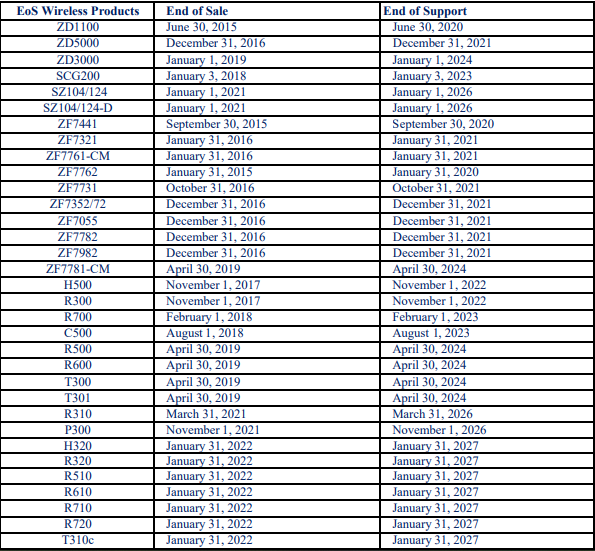pfSense = Firewall and router system based on FreeBSD. Has both open source and commercial versions. Built for SMB to Enterprise uses. Extremely powerful with all of the bells and whistles you'd expect from a professional firewall product.
OPNSense = Basically pfSense with a different UI. It's a fork of pfSense. Much of the same capability, but is built by a smaller company.
OpenWRT = Replacement firmware for embedded devices (as well as x86). It's open source WiFi router firmware that runs on tens of thousands of devices. Many vendors will even base their custom firmware on OpenWRT and put a different skin on it (GL.iNet, for example).
